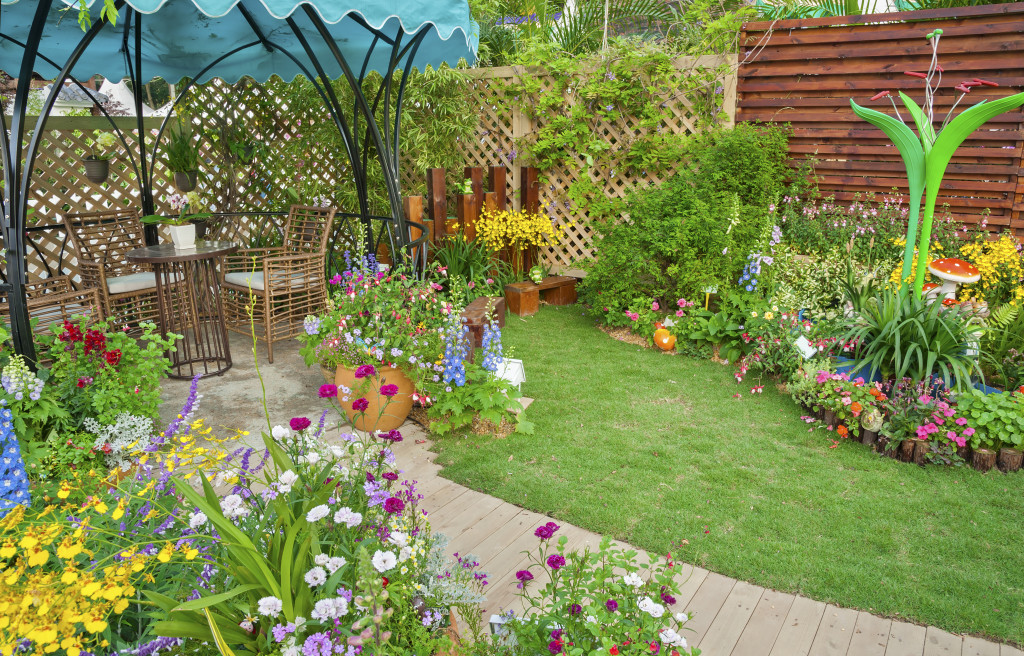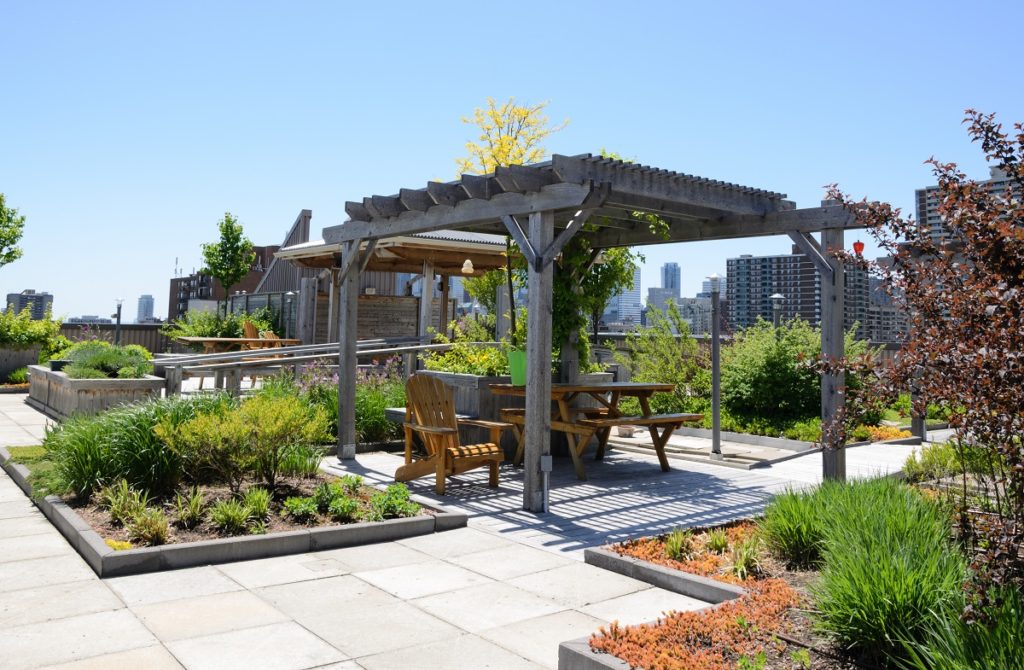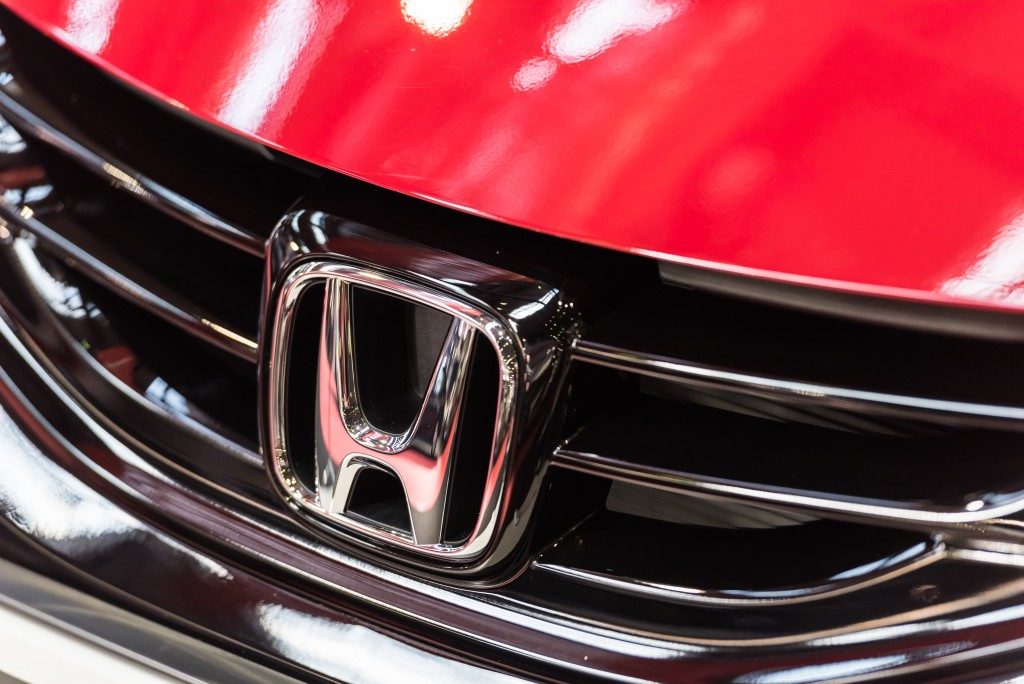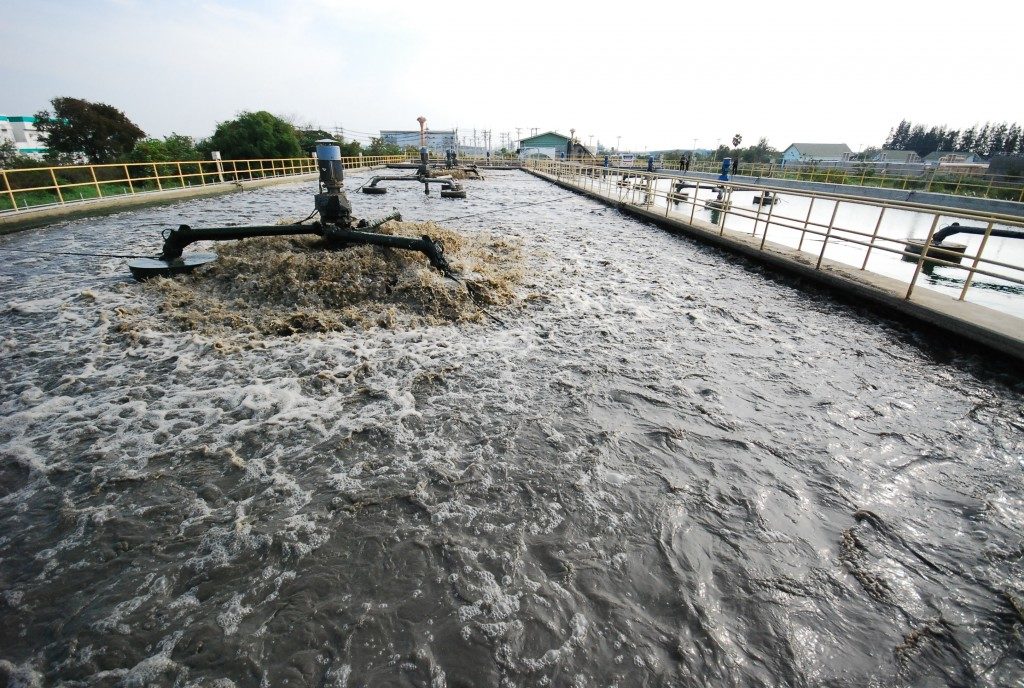Traditional home design and landscaping projects are great and all, but as designers are more influenced by art and creativity, we will continue to see contemporary design break conventions and norms. Of course, there’s no denying that an English-style garden or your natural, spacious backyard would still be considered beautiful, but they do lack the element of innovation.
Today we will be taking a glimpse at what design elements make a cutting-edge garden and how the influence of both art and horticulture has allowed the design to evolve. And, if lady luck shines upon your fortune, you might pick up some neat details you can implement into your garden layout and design.
Design Freedom
The fundamental concept that ties a cutting-edge design together is the level of freedom you can express. And whether that’s through asymmetry, showcasing your personality, and whichever qualities you want to imbue, the end-goal emphasizes the relationship in the design.
#1 Modern/Man-Made Materials
Unlike common garden designs that rely on natural structures and forms, a modern contemporary garden utilizes man-made materials and even celebrate them in some instances. The objective is to use them as a statement piece or even create a clashing of design influences.
- Glass: Normally, glass is exclusive to outdoor furniture like tables, seating, and of course, your windows, but in a cutting-edge garden, we value the effect of reflection. Glass has the property of making more appear with less, and utilizing different angles can achieve a style unique to contemporary designs.
- Steel: While steel is essential in heavy-duty and large-scale engineering and construction projects, it has also become a symbol of modernity and progress. From creating sharp edges to experimental privacy screens, this material is a staple in any cutting-edge garden design.
#2 Unconventional Planting
Apart from the materials used in cutting-edge gardens, planting takes a more unconventional stance and is no longer the garden’s focal point. While that does sound counterintuitive to the traditional definition of a garden, plants serve as complementary pieces to the overall appeal and aesthetic of the achieved design. They soften edges, promote vibrant colors, and help balance the end-look.
- Eclectic In Nature: Modern designs don’t bolt down onto one method and restrict other forms, but utilize the combination of styles and are eclectic in nature. This concept is very prevalent in planting as they rely on contrasting elements and clashing of colors to help bring depth into the overall look.
#3 Water Cascades and Lighting

In terms of structures, there is a heavy emphasis on using water cascades, fountains, ponds, and waterfalls to achieve a natural reflection and act as centerpieces for the design. They help cover a large area and introduce an artful and playful feeling into the garden’s overall environment.
Lighting also plays a critical role, as they create shadows and often bridges the gap between natural structures and man-made designs. Plus, effective lighting can give a design two phases, one in the morning where natural light shines, and the second in the night where different levels of vibrancy can stand out.
However, They’re Not Perfect
Of course, while adopting a modern, contemporary design does sound like a splendid idea, it isn’t perfect by any means. This home design and landscaping project can be costly if you don’t have the budget, and maintenance will require high-quality rags and specific cleaning products for certain materials.
However, if those don’t impose any additional burden on your part, a cutting-edge garden is an excellent project to undergo to make your home feel more modern and superior value.





